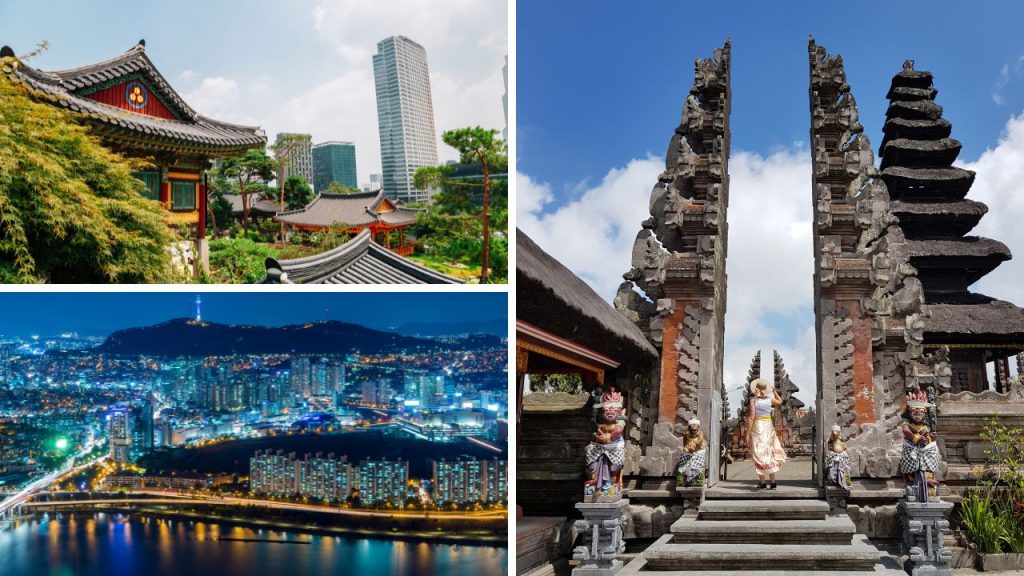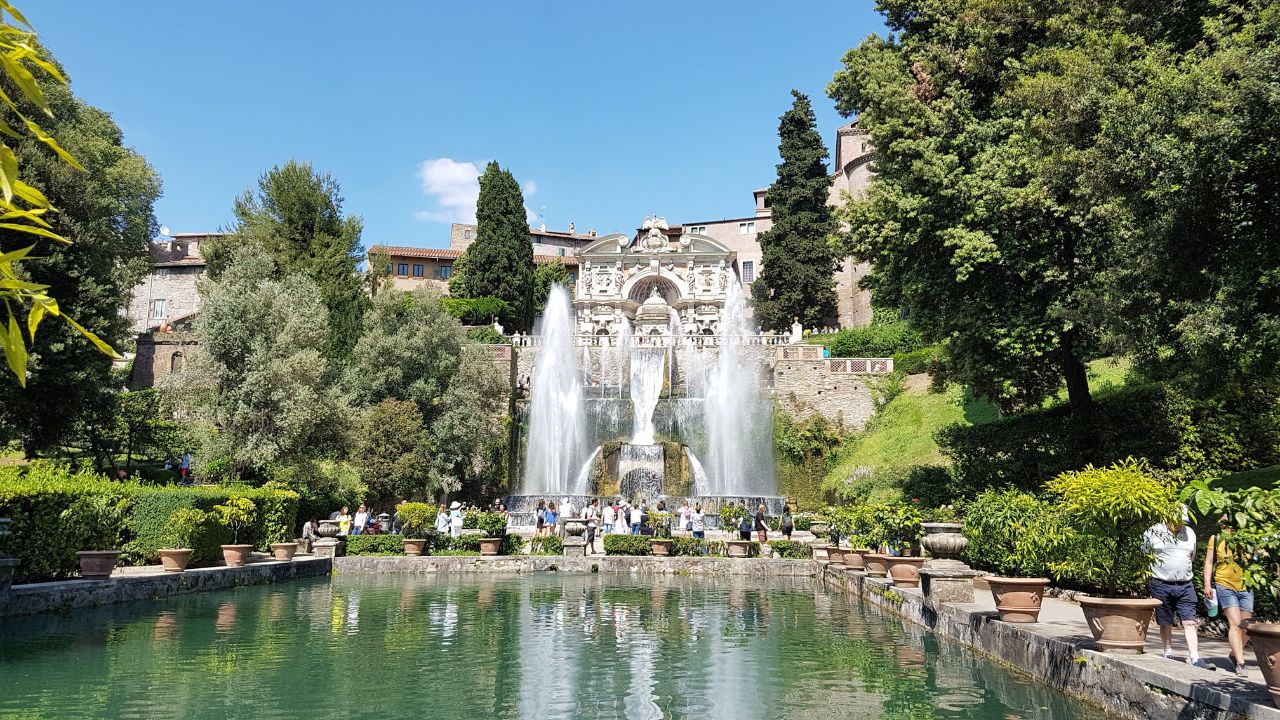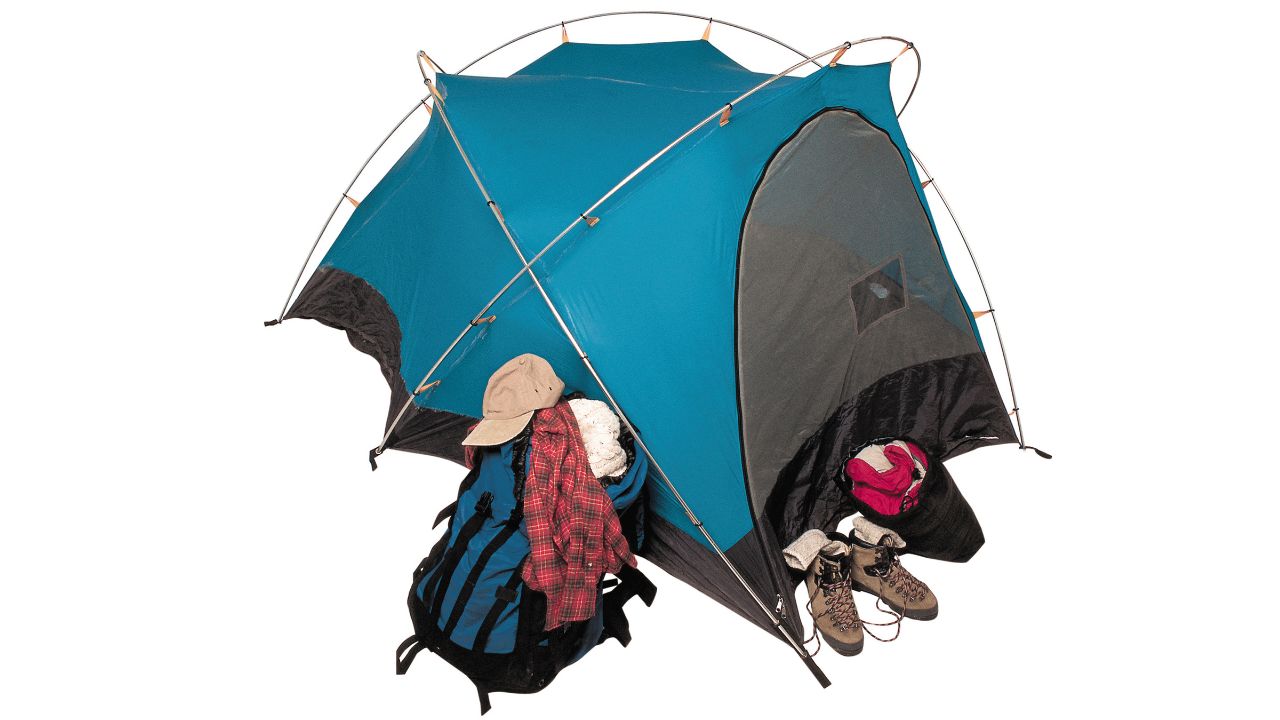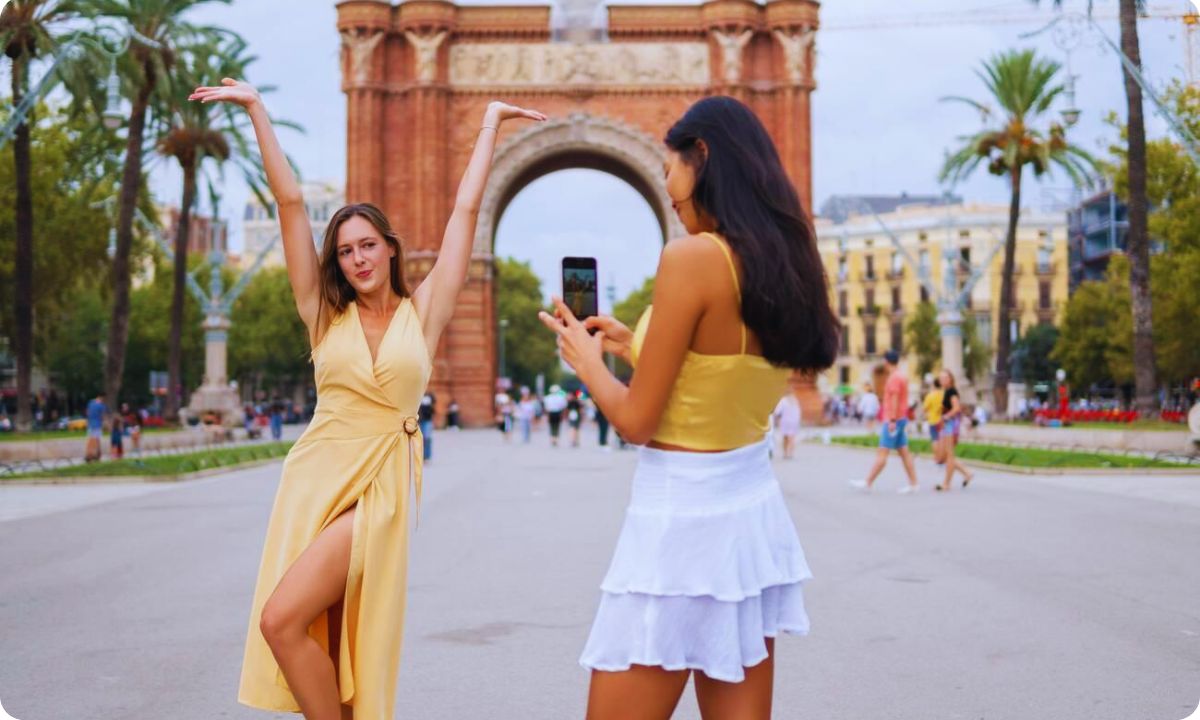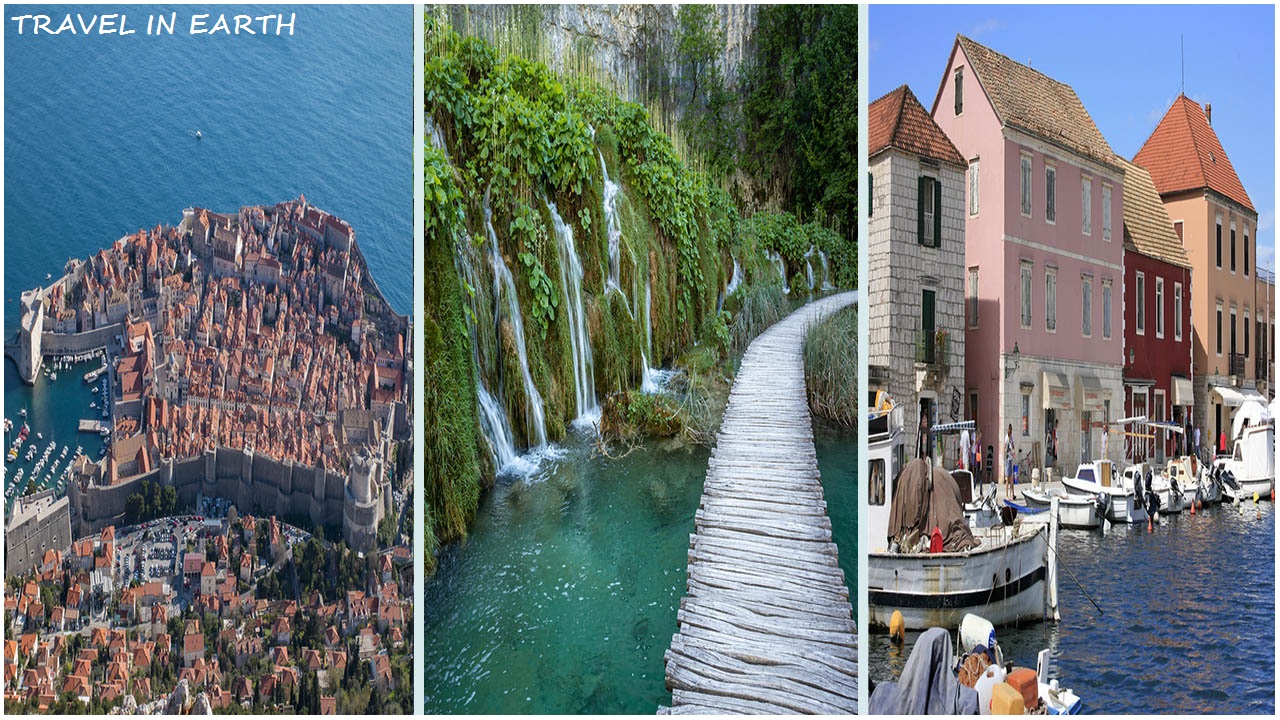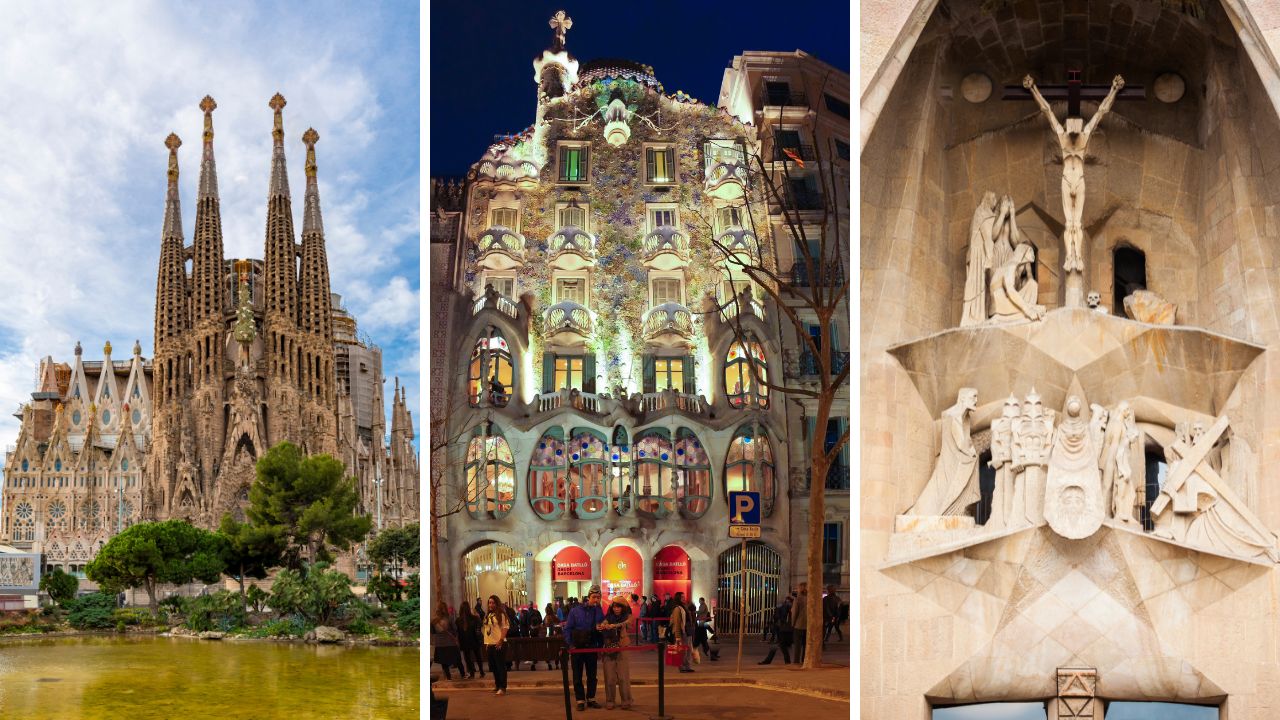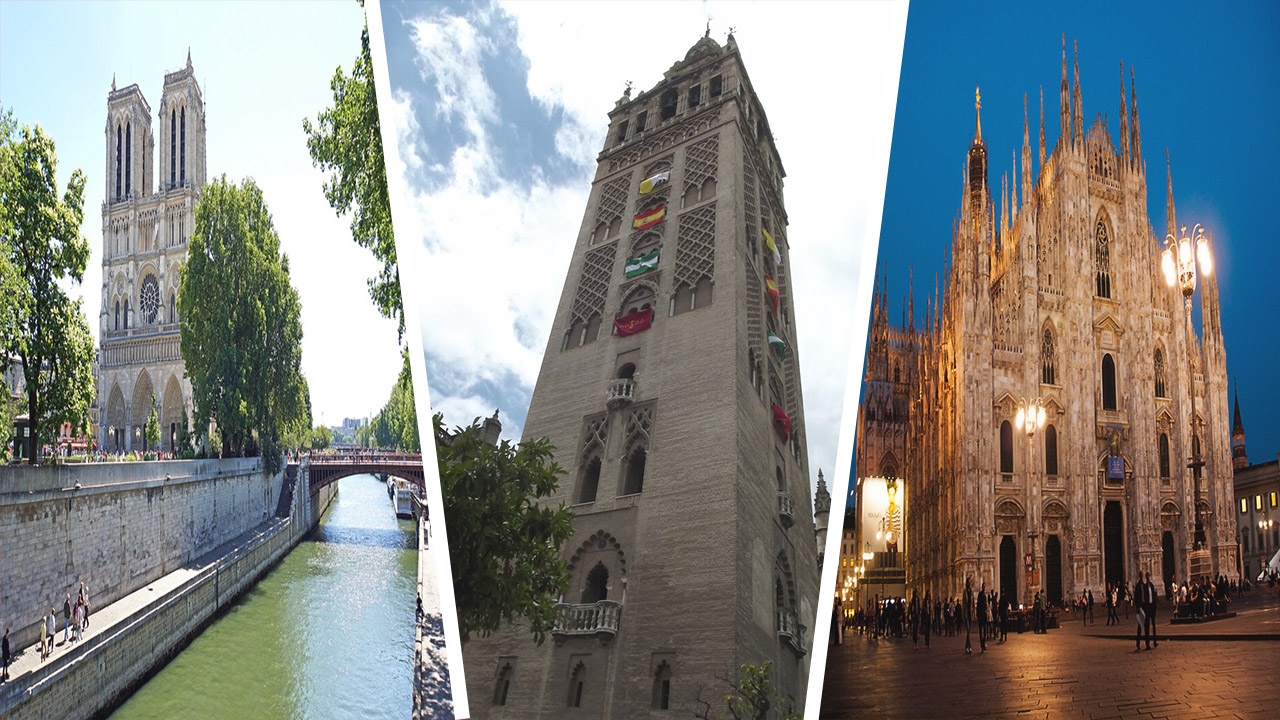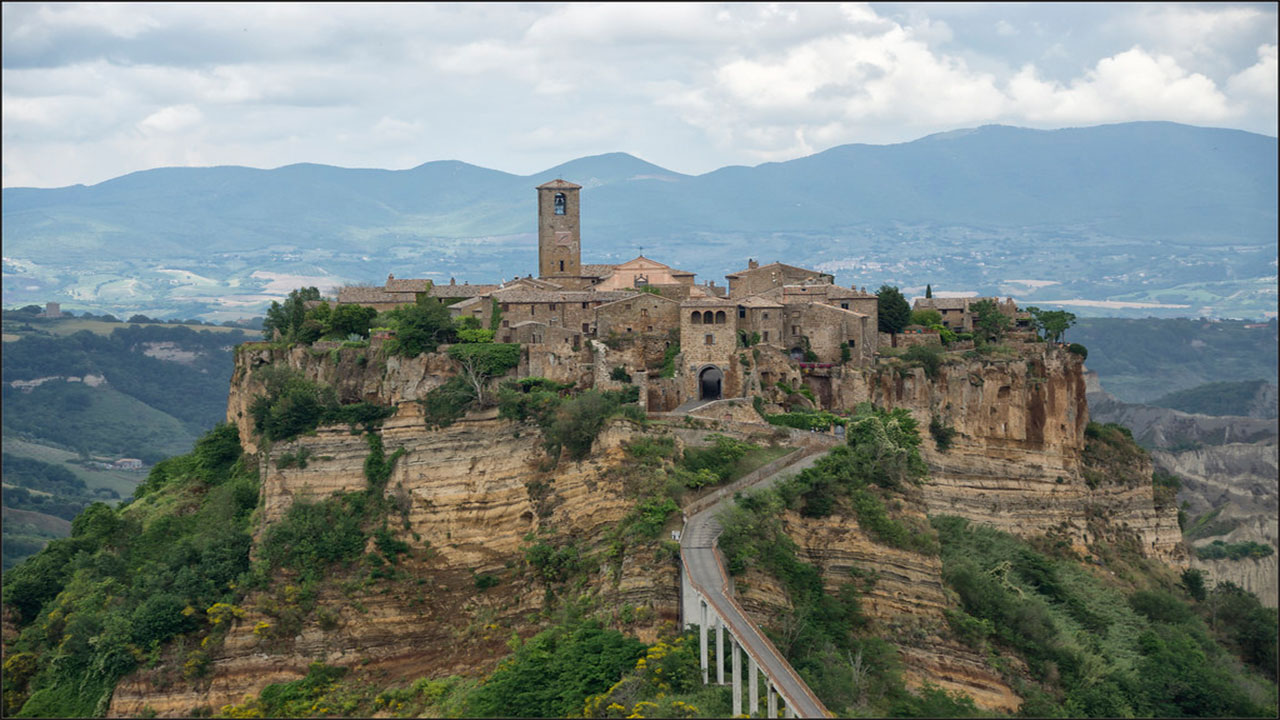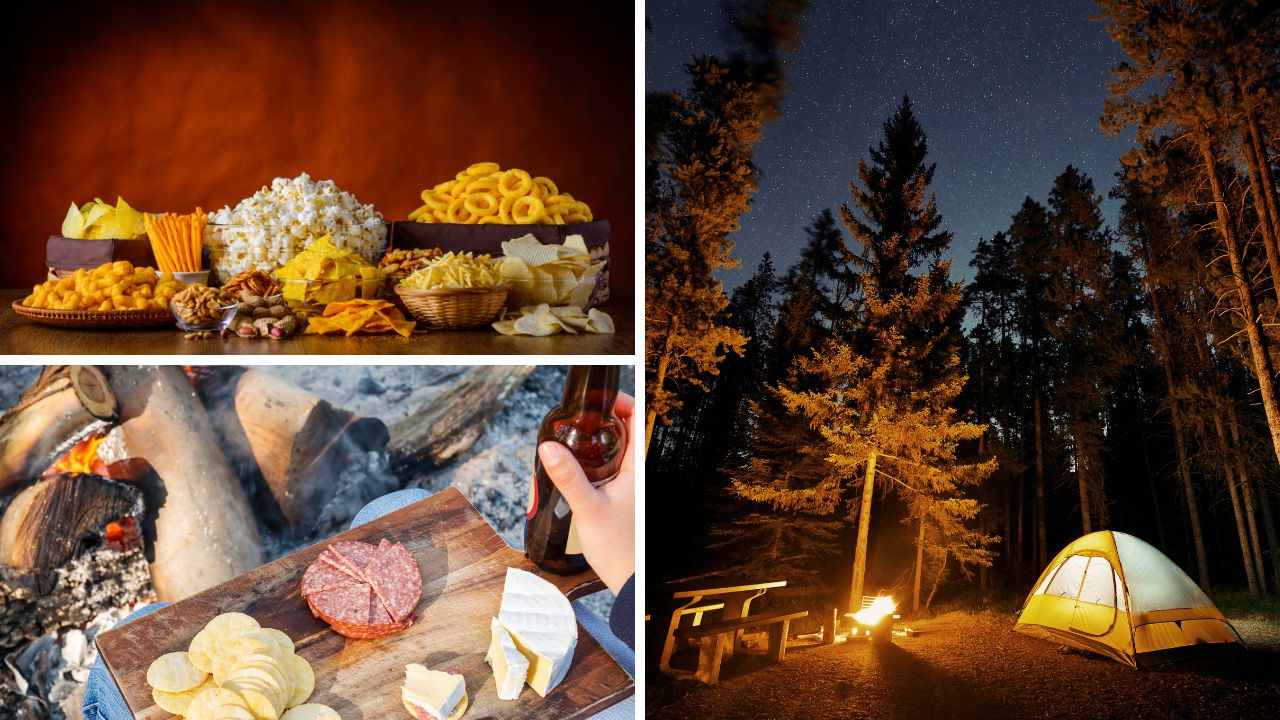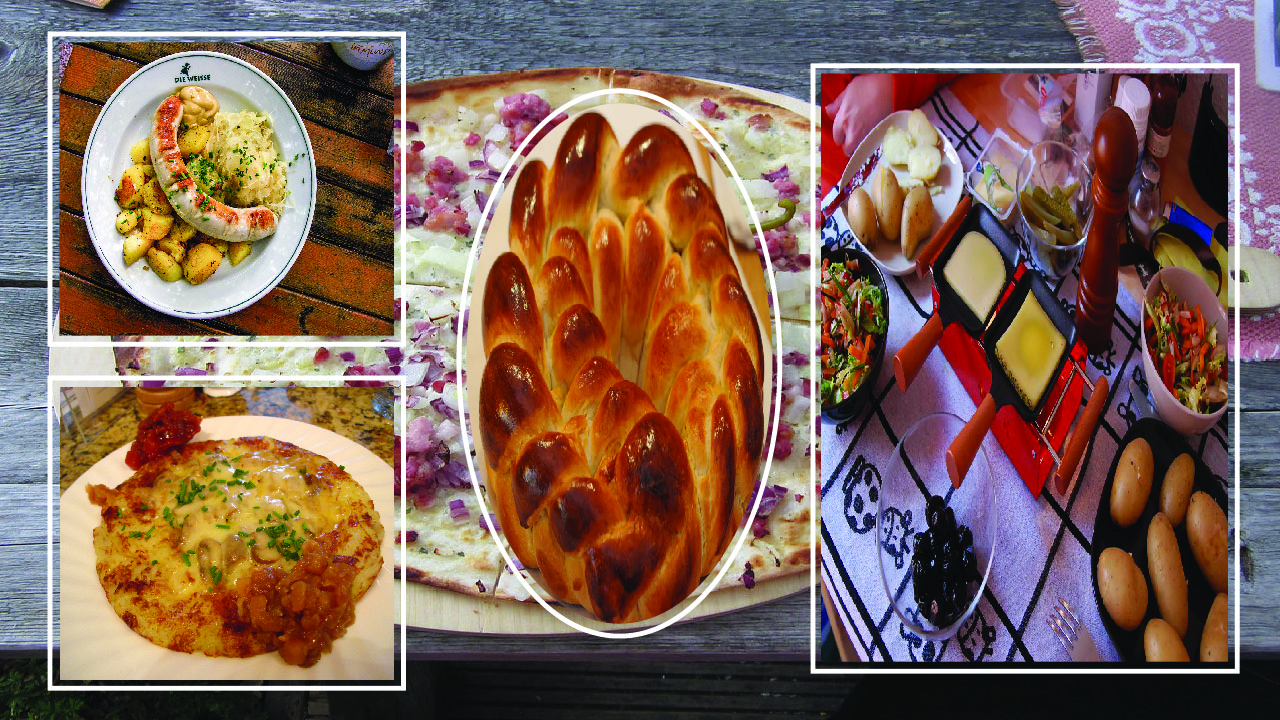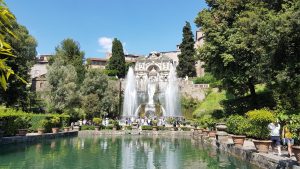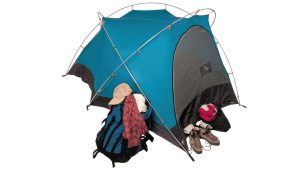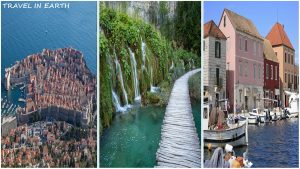Seoul, the vibrant capital of South Korea, is a city that never fails to amaze visitors with its unique blend of ancient traditions and modern innovations. While many tourists flock to popular attractions like Gyeongbokgung Palace and Namsan Seoul Tower, the city harbors numerous hidden gems that offer a more authentic and intimate experience of Korean culture. In this article, we’ll take you on a journey through ten of Seoul’s best-kept secrets, revealing locations that will make your trip truly unforgettable.
These hidden gems showcase the diverse facets of Seoul’s rich history, natural beauty, and contemporary culture. From serene temples nestled in bustling neighborhoods to innovative art spaces and tranquil parks, these lesser-known spots will give you a deeper unFderstanding of what makes Seoul such a captivating destination. Whether you’re a first-time visitor or a seasoned traveler to South Korea, these off-the-beaten-path locations will add a new dimension to your Seoul experience.
So, let’s dive into our list of the top 10 must-visit hidden gems in Seoul, South Korea. Each of these places offers a unique glimpse into the soul of this fascinating city, away from the crowds and tourist traps. Get ready to explore Cherry Blossom Spots in Seoul like a local and create memories that will last a lifetime.
1. Seongsu-dong: The Brooklyn of Seoul

Our first hidden gem takes us to Seongsu-dong, a neighborhood that has earned the nickname “The Brooklyn of Seoul” due to its industrial charm and vibrant creative scene. Located in the eastern part of Seoul, Seongsu-dong has transformed from a quiet residential and industrial area into a hip, artistic district that attracts young creatives and tourists alike.
History and Transformation
Seongsu-dong’s history dates back to the 1970s, when it was primarily known for its shoe-making factories. The area was filled with small workshops and factories, giving it a distinctly industrial character. However, as manufacturing declined in the late 20th century, many of these spaces fell into disuse.
In recent years, Seongsu-dong has undergone a remarkable transformation. Young artists, designers, and entrepreneurs have breathed new life into the neighborhood, converting old warehouses and factories into trendy cafes, art galleries, and boutique shops. This revitalization has given Seongsu-dong a unique atmosphere that blends its industrial past with contemporary creativity.
What to See and Do
- Café Hopping: Seongsu-dong is famous for its diverse range of cafes, each with its own unique concept and design. From minimalist coffee shops in converted factories to quirky themed cafes, there’s something for every taste. Don’t miss out on trying a cup of hand-dripped coffee at one of the many artisanal roasteries in the area.
- Street Art: Take a stroll through the narrow alleys of Seongsu-dong to discover an array of colorful murals and street art. These artistic expressions add to the neighborhood’s creative vibe and make for great photo opportunities.
- Daelim Warehouse: A multi-purpose cultural space now occupies this former shoe factory. It now houses art exhibitions, pop-up stores, and a rooftop garden with panoramic views of the neighborhood.
- Under Stand Avenue: This unique complex consists entirely of shipping containers. It features shops, cafes, and exhibition spaces, showcasing the innovative spirit of Seongsu-dong’s young entrepreneurs.
- Seoul Forest: While not strictly part of Seongsu-dong, this nearby park is worth a visit. It offers a peaceful retreat from the urban environment with its lush greenery, eco-forest, and butterfly garden.
Local Tip
Visit Seongsu-dong on a weekday to avoid the crowds that flock here on weekends. Early mornings are particularly peaceful, allowing you to enjoy the neighborhood’s unique atmosphere without the hustle and bustle.
How to Get There
Take the Seoul Subway Line 2 to Seongsu Station (Exit 3 or 4) and walk for about 10 minutes to reach the heart of the neighborhood.
Seongsu-dong offers a perfect blend of Seoul’s industrial heritage and its contemporary creative energy. Seongsu-dong is a place where you can immerse yourself in the forefront of Korean culture, all the while feeling the lingering influence of the past. As you explore its streets, you’ll discover why this neighborhood has become a favorite among locals and in-the-know visitors alike.
2. Ihwa Mural Village: A Living Canvas

Tucked away on the slopes of Naksan Mountain in central Seoul, Ihwa Mural Village is a hidden gem that transforms an ordinary residential area into a vibrant, open-air art gallery. This charming neighborhood offers visitors a unique blend of traditional Korean architecture, stunning city views, and an impressive collection of street art.
History and Transformation
Ihwa-dong, the area where the mural village is located, has a rich history dating back to the Joseon Dynasty. It was originally a working-class neighborhood that faced the threat of demolition in the early 2000s due to urban redevelopment plans. However, the Ministry of Culture, Sports, and Tourism’s “Art in City” project gave the area a new lease of life in 2006.
As part of this initiative, over 70 artists participated in creating murals and installations throughout the neighborhood. The project aimed to revitalize the area and prevent its destruction, turning it into a cultural attraction. The result was a stunning transformation that preserved the neighborhood’s character while adding a new layer of artistic expression.
What to See and Do
- Explore the Murals: The main attraction of Ihwa Mural Village is, of course, the murals themselves. As you wander through the narrow alleyways, you’ll encounter a wide variety of artworks. From whimsical animal paintings to thought-provoking abstract pieces, each mural tells its own story. Some popular murals include the “Flower Stairs,” a colorful staircase adorned with floral patterns, and the “Angel Wings” mural, where visitors can pose as if they have wings.
- Visit Naksan Park: At the top of the hill, Naksan Park offers panoramic views of Seoul. It’s a wonderful spot to rest and take in the cityscape after exploring the village. The park also features a section of Seoul’s old city wall, providing a glimpse into the city’s ancient history.
- 3. Try Local Cafes: Several small, charming cafes have opened in the area, taking advantage of the artistic atmosphere. These offer perfect spots to relax and reflect on the artworks you’ve seen. Many of these cafes have rooftop seating areas with beautiful views of the surrounding neighborhood and beyond.
- Photography Opportunities: With its combination of traditional architecture, modern street art, and stunning city views, Ihwa Mural Village is a paradise for photography enthusiasts. Every corner seems to offer a new, Instagram-worthy shot.
- Visit Ehwa Women’s University: Located nearby, this prestigious university has a beautiful campus that’s worth exploring. The ECC (Ewha Campus Complex) building, with its unique sunken design, is particularly impressive.
Local Tip
Remember that Ihwa Mural Village is a residential area. While visitors are welcome, it’s important to be respectful of the local residents. Keep noise levels down, especially in the early morning or late evening, and don’t enter private property without permission.
How to Get There
Take the Seoul Subway Line 4 to Hyehwa Station. From Exit 2, walk straight for about 10 minutes until you reach Naksan Park. The mural village is located on the hillside below the park.
Best Time to Visit
Spring and fall are particularly beautiful times to visit Ihwa Mural Village. The spring cherry blossoms and autumn foliage add an extra layer of beauty to the already colorful murals. However, the village is worth visiting year-round. If possible, try to visit on a weekday when it’s less crowded.
Ihwa Mural Village offers a unique perspective on Seoul, combining art, history, and daily life in a way that few other places can match. It’s a testament to the power of art to transform and revitalize communities, and a must-visit for anyone looking to experience a different side of Seoul.
3. Seochon: A Time Capsule of Traditional Seoul

Nestled between Gyeongbokgung Palace and Inwangsan Mountain, Seochon (서촌), which means “West Village,” is a hidden gem that offers a glimpse into Seoul’s past. This historic neighborhood has managed to preserve much of its traditional character, making it a stark contrast to the modern skyscrapers that dominate much of the city’s skyline.
History and Significance
Seochon’s history dates back to the Joseon Dynasty (1392-1910), when it was home to middle-class government officials, artisans, and merchants. The area’s proximity to Gyeongbokgung Palace, the main royal palace of the Joseon Dynasty, made it a desirable location for those serving the royal court.
Unlike many other historic areas in Seoul, Seochon escaped major redevelopment during the rapid modernization of the 20th century. As a result, it has retained much of its original layout and architecture, including numerous hanoks (traditional Korean houses) and narrow alleyways that have remained largely unchanged for centuries.
What to See and Do
- Explore Hanok Alleyways: Wander through the maze-like alleys lined with traditional Hanok houses. These beautifully preserved structures, with their distinctive tiled roofs and wooden frames, offer a tangible connection to Seoul’s past.
- Visit Tongin Market: This traditional market, established in 1941, is a great place to experience local life and try authentic Korean street food. The market is famous for its “dosirak” (lunchbox) program, where visitors can purchase tokens and use them to create their own lunch from various food stalls.
- Suseong-dong Valley: This picturesque stream, flowing down from Inwangsan Mountain, was a favorite spot of Joseon Dynasty scholars and artists. Today, it’s a peaceful place to escape the urban bustle and enjoy nature.
- Art Galleries and Museums: Seochon is home to numerous small art galleries and museums. Housed in a beautiful Western-style building from the 1930s, the Daelim Museum is particularly worth visiting for its photography and design exhibitions.
- Cheong Wa Dae (Blue House): While not technically in Seochon, the former presidential residence is just a short walk away. Recently opened to the public, it offers guided tours that provide insights into Korean politics and history.
- Gyeongbokgung Palace: Although a major tourist attraction, the palace’s proximity to Seochon makes it an essential visit. Try to catch the guard changing ceremony for a colorful spectacle.
Local Tip
Small alleys conceal many of Seochon’s most charming spots. Don’t be afraid to venture off the main streets and explore—you never know what hidden cafes, shops, or historical sites you might discover.
How to Get There
Take Seoul Subway Line 3 to Gyeongbokgung Station and exit through Exit 2. Walk straight for about 5-10 minutes to reach the heart of Seochon.
Best Time to Visit
Seochon is beautiful year-round, but it’s particularly charming in spring when cherry blossoms bloom along some of the streets, and in autumn when the leaves change color. Early mornings are great for avoiding crowds and catching a glimpse of local life as the neighborhood wakes up.
Cultural Etiquette
Remember that many of the Hanoks in Seochon have private residences. While photography of exteriors is generally acceptable, always be respectful of residents’ privacy. Remember to remove your shoes before entering a hanok if you receive an invitation.
Seochon offers a unique opportunity to step back in time and experience a slice of traditional Korean life in the heart of modern Seoul. Its well-preserved architecture, rich history, and vibrant community make it a must-visit for those seeking to understand the soul of the city beyond its gleaming skyscrapers and high-tech gadgets.
4. Oil Tank Culture Park: Industrial Heritage Reimagined

In the western part of Seoul, an unexpected oasis of culture and greenery has emerged from what was once an eyesore. Mapo-gu’s Oil Tank Culture Park serves as a prime example of transforming abandoned industrial sites into vibrant public spaces. This innovative park offers visitors a unique blend of history, art, and nature.
History and Transformation
The site of the Oil Tank Culture Park has a fascinating history. During the oil crisis of the 1970s, a strategic decision led to its original construction in 1976 as an oil depot for fuel storage. For decades, these massive oil tanks dominated the landscape, serving their utilitarian purpose but contributing little to the community’s quality of life.
Due to safety concerns regarding its proximity to the World Cup Stadium, Seoul decommissioned the oil depot in 2000 as it prepared to host the FIFA World Cup. The tanks sat abandoned for years, slowly rusting away.
However, in 2013, the Seoul Metropolitan Government launched a project to reimagine this industrial relic. The goal was to transform the site into a cultural space that would preserve its industrial heritage while creating a new community asset. After four years of planning and renovation, the Oil Tank Culture Park opened to the public in 2017.
What to See and Do
- Explore the Tanks: The park features six former oil tanks, each repurposed for a different use. The conversion of Tank 1, the largest, into a performance hall boasts impressive acoustics. Tank 2 serves as an exhibition space, while Tank 3 offers a glimpse into the site’s history, preserved in its original state.
- Visit the Community Center: Located in Tank 4, this space hosts various workshops and educational programs, allowing visitors to engage in hands-on cultural activities.
- Experience the Panoramic Views: A glass installation on Tank 5’s roof has transformed it into an outdoor performance space. Climb to the top for panoramic views of the surrounding area and the nearby World Cup Stadium.
- Unwind in the Sunken Garden: We partially buried Tank 6 to create a unique sunken garden, providing a quiet space for reflection amidst the industrial surroundings.
- Walk the Sky Path: An elevated walkway connects the tanks, providing an interesting perspective on the park’s layout and design.
- Attend Cultural Events: The park hosts a variety of events throughout the year, including concerts, art exhibitions, and markets. Check the park’s schedule to see what’s happening during your visit.
- Explore the Surrounding Green Space: A larger park area, complete with walking trails and green spaces, encircles the tanks. It’s a great place for a picnic or a leisurely stroll.
Local Tip
Visit the park at sunset for a magical experience. The interplay of light and shadow on the industrial structures creates a unique atmosphere, and the views from the elevated areas are particularly stunning at this time.
How to Get There
Take Seoul Subway Line 6 to World Cup Stadium Station. From Exit 2, walk straight for about 10 minutes until you reach the park entrance.
Best Time to Visit
The Oil Tank Culture Park is interesting year-round, but it’s particularly pleasant in spring and fall when the weather is mild. Summer evenings can also provide enjoyment, particularly when scheduled outdoor events take place.
Accessibility
The park has made efforts to be accessible to all visitors. Ramps and elevators are available for those with mobility challenges, allowing everyone to explore most areas of the park.
The Oil Tank Culture Park is a testament to Seoul’s commitment to urban regeneration and creative place-making. By preserving these industrial relics and repurposing them for cultural use, the city has created a unique space that honors its past while looking to the future. Whether you’re interested in architecture, urban design, cultural events, or simply looking for an unusual place to relax, the Oil Tank Culture Park offers a truly unique experience in Seoul.
5. Bukchon Hanok Village: A Living Museum of Korean Traditional Houses

Gyeongbokgung and Changdeokgung, two of Seoul’s grand palaces, nestle between a neighborhood that appears to have stood the test of time. Bukchon Hanok Village is a rare gem in the heart of the bustling capital, offering visitors a glimpse into the Korea of centuries past. This hidden treasure is home to hundreds of hanoks, traditional Korean houses, many of which date back to the Joseon Dynasty.
History and Significance
Bukchon, which means “northern village,” has a history spanning over 600 years. During the Joseon Dynasty (1392-100), it was a residential area for noble families and high-ranking government officials due to its prime location near the royal palaces.
Traditional Korean architecture and design principles, emphasizing harmony with nature, guided the construction of the hanoks in Bukchon. These houses typically feature curved tiled roofs, wooden beam structures, and ondol (underfloor heating) systems, showcasing the ingenuity of traditional Korean home design.
Unlike many other historical districts in Seoul, Bukchon has remained a residential area to this day. While many hanoks remain private homes, others have transformed into cultural centers, guesthouses, tea houses, and museums.
What to See and Do
- Stroll Through the Alleys: The best way to experience Bukchon is simply to wander its narrow, winding alleys. Each turn reveals new vistas of traditional architecture against the backdrop of modern Seoul.
- Visit Bukchon Traditional Culture Center: This center offers various programs where visitors can experience traditional Korean culture, including trying on hanbok (traditional Korean clothing) and participating in traditional craft workshops.
- Explore the Gahoe Museum: This small private museum houses a collection of folk paintings and everyday objects from the Joseon Dynasty, offering insight into the lives of people who once inhabited these hanoks.
- Enjoy Tea at a Traditional Tea House: Several hanoks in the area have been converted into charming tea houses where you can enjoy traditional Korean teas in an authentic setting.
- Take in the Views: Head to Bukchon Viewing Point (located near Gahoe-dong 31-47) for a panoramic view of the Hanok rooftops with the modern city skyline in the background.
- Visit Nearby Palaces: Take advantage of Bukchon’s location to visit Gyeongbokgung Palace to the west or Changdeokgung Palace to the east.
Local Tip
While Bukchon is a popular tourist destination, it’s important to remember that it’s also a residential area. Be respectful of the residents’ privacy, keep noise levels down, and don’t enter private property without permission.
How to Get There
Take Seoul Subway Line 3 to Anguk Station and exit through Exit 2. Walk straight for about 300 meters to reach Bukchon Hanok Village.
Best Time to Visit
Bukchon is beautiful year-round, but it’s particularly charming in autumn when the leaves change color, and in spring during cherry blossom season. Early mornings are great for avoiding crowds and getting good photos.
Bukchon Hanok Village offers a unique opportunity to step back in time and experience the elegance of traditional Korean architecture and lifestyle. It’s a living museum where the past and present coexist, making it a must-visit for anyone interested in Korean history and culture.
6. Ikseon-dong: A Hip Twist on Tradition

Tucked away in the heart of Seoul, Ikseon-dong is a hidden gem that perfectly encapsulates the city’s ability to blend the old with the new. This charming neighborhood, with its maze-like alleyways lined with hanok houses, has recently undergone a renaissance, transforming into one of Seoul’s trendiest districts while still maintaining its traditional charm.
History and Transformation
The Japanese colonial period first developed Ikseon-dong in the 1920s. It was one of the first planned hanok villages in Seoul, designed to provide modern housing while preserving traditional Korean architectural styles. For decades, the area remained relatively unchanged and overlooked.
However, in recent years, Ikseon-dong has experienced a remarkable revival. Young entrepreneurs and creatives have breathed new life into the old Hanoks, converting them into stylish cafes, restaurants, boutiques, and guesthouses. This revitalization has turned Ikseon-dong into a unique cultural hotspot that attracts both locals and tourists.
What to See and Do
- Explore the Hanok Alleys: Wander through the narrow, winding alleys lined with beautifully preserved hanoks. The intricate wooden structures and tiled roofs create a picturesque setting that’s perfect for photography.
- Cafe Hopping: Ikseon-dong is famous for its diverse range of cafes, each with its own unique concept. From traditional tea houses to modern coffee shops with innovative interiors, there’s something for every taste.
- Try Fusion Cuisine: Many restaurants in the area offer interesting fusion dishes that blend Korean flavors with international cuisines. Don’t miss the opportunity to try modern interpretations of traditional Korean dishes.
- Shop at Boutique Stores: The neighborhood is home to numerous small, independent boutiques selling everything from handcrafted jewelry to vintage clothing and unique home decor items.
- Visit Tapgol Park: Located at the entrance of Ikseon-dong, this historic park served as the site for the first reading of the Korean Declaration of Independence in 1919. It features a beautiful 10-story stone pagoda from the Joseon Dynasty.
- Experience a Traditional Hanok Stay: The area has converted several hanoks into guesthouses, giving visitors the opportunity to stay in a traditional Korean home.
Local Tip
Ikseon-dong bustles throughout the day, but in the evening, when the hanoks light up and the bars and restaurants fill with locals, it truly comes alive. Consider visiting in the late afternoon and staying into the evening to experience the area’s transformation.
How to Get There
Take Seoul Subway Line 1 or 3 to Jongno 3-GA Station. From Exit 6, walk straight for about 5 minutes until you reach the entrance of Ikseon-dong.
Best Time to Visit
Ikseon-dong is charming year-round, but it’s particularly magical during spring and autumn. In spring, cherry blossoms add splashes of pink to the traditional architecture, while autumn brings beautiful foliage colors. The winter holiday season also brings festive decorations to the neighborhood.
Cultural Etiquette
While Ikseon-dong welcomes visitors, it’s important to be respectful of the space. Many of the hanoks are still residential, so be mindful of noise levels, especially in the evening. Always ask for permission before taking photos of people or entering private spaces.
Ikseon-dong offers a unique experience where visitors can witness the harmonious coexistence of Seoul’s past and present. Traditional architecture blends seamlessly with contemporary trends, fostering a unique atmosphere that is unparalleled in the city. Whether you’re interested in history, architecture, food, or simply soaking in the ambiance of one of Seoul’s most charming neighborhoods, Ikseon-dong is a must-visit hidden gem.
7. Seoul Fortress Wall Trail: A Journey Through Time

Visitors to the city often overlook the Seoul Fortress Wall Trail, despite its hidden nature. This ancient wall, which once encircled the capital of the Joseon Dynasty, offers a unique perspective on Seoul’s history and provides stunning views of the modern cityscape.
History and Significance
The early Joseon Dynasty originally built the Seoul Fortress Wall, also known as Hanyangdoseong, in 1396 to defend the capital city, then known as Hanyang, and to delineate the city’s boundaries. The wall stretched for nearly 18.6 kilometers (11.5 miles) along the ridges of Seoul’s four inner mountains: Bugaksan, Naksan, Namsan, and Inwangsan.
Over the centuries, the wall has witnessed the city’s transformation from a Joseon Dynasty capital to a modern metropolis. Despite the destruction of some sections during Japan’s colonial rule and the Korean War, significant portions have undergone restoration and preservation, enabling visitors to immerse themselves in history.
What to See and Do
- Hike the Wall: You can hike the entire wall in sections, each of which offers a unique perspective on the city. The total length of the walkable parts is about 12 kilometers (7.5 miles).
- Bugaksan Mountain Section: This northern section offers some of the best views of Seoul, including the Blue House (the former presidential residence). Note that you’ll need to bring a form of ID to access this section due to its proximity to government buildings.
- Naksan Park Section: This eastern section is one of the most accessible and offers beautiful views of the wall winding along the ridgeline. The area is also home to the Ihwa Mural Village.
- Namsan (North) Section: This section connects to N Seoul Tower and offers panoramic views of the city.
- Inwangsan Section: Known for its unusual rock formations and shamanist shrines, this western section provides a more rugged hiking experience.
- Visit the Seoul City Wall Museum: Located near Dongdaemun, this museum provides historical context about the wall and its significance.
Local Tip
The different sections of the wall offer varied experiences. If you’re short on time, the Naksan section is easily accessible and provides a good mix of wall walking, city views, and nearby attractions like Ihwa Mural Village.
How to Get There
Access points vary depending on which section you want to visit. Here are a few options:
- For Bugaksan section: Take the subway to Gyeongbokgung Station (Line 3) and walk to Changuimun Gate.
- For Naksan section: Take the subway to Hyehwa Station (Line 4) and walk towards Naksan Park.
- For Namsan section: Take the subway to Myeong-dong Station (Line 4) and walk towards N Seoul Tower.
Best Time to Visit
The trail is beautiful year-round, but spring and autumn offer the most comfortable hiking weather and stunning views. For photography enthusiasts, sunrise and sunset provide dramatic lighting on the wall and cityscape.
Practical Tips
- Wear comfortable walking shoes, as some sections can be steep or uneven.
- Bring water and snacks, especially if you plan to hike longer sections.
- Check the weather forecast and dress appropriately.
- Some sections (like Bugaksan) have limited hours, so check in advance.
The Seoul Fortress Wall Trail offers a unique way to experience both the history and modernity of Seoul. As you walk along this ancient structure, you’ll gain a new perspective on the city’s evolution from a Joseon Dynasty capital to a 21st-century metropolis. It’s a hidden gem that provides not just beautiful views, but a tangible connection to Seoul’s past.
8. Seodaemun Prison History Hall: A Sobering Look at Korea’s Past

While not a typical tourist attraction, the Seodaemun Prison History Hall offers a profound and moving experience for those interested in Korea’s struggle for independence. This former prison, now converted into a museum, stands as a testament to the resilience of the Korean people during the Japanese colonial period.
History and Significance
Seodaemun Prison was built in 1908, during the final years of the Korean Empire, and was originally named Gyeongseong Gamok. However, during the Japanese colonial period (1910–1945), it gained notoriety for its use in imprisoning and torturing Korean independence activists.
After Korea’s liberation in 1945, the prison continued to operate until 1987. In 1992, it was converted into a memorial hall to honor those who fought for Korean independence and to educate future generations about this difficult period in Korean history.
What to See and Do
- Main Exhibition Hall: Located in the former administration building, this area provides an overview of the prison’s history and the independence movement.
- Prison Cells: Visitors can enter preserved and reconstructed cells to get a sense of the conditions prisoners endured.
- Torture Chambers: While disturbing, these rooms provide insight into the brutal methods used against independence activists.
- Execution Building: This solemn space commemorates those who lost their lives in the struggle for independence.
- Virtual Reality Experience: A VR room allows visitors to experience what it was like to be a prisoner, adding an immersive element to the visit.
- Outdoor Exhibition: The grounds include statues and monuments dedicated to independence activists.
- Independence Hall: This building showcases the stories of notable independence fighters and their contributions.
Local Tip
While the subject matter is heavy, the museum does an excellent job of presenting the information respectfully and educationally. It’s a powerful experience that provides crucial context for understanding modern Korea.
How to Get There
Take Seoul Subway Line 3 to Dongnimmun Station and exit through Exit 5. The prison is about a 5-minute walk from the station.
Best Time to Visit
The museum is open year-round, but it can be particularly poignant to visit around March 1st (Independence Movement Day) or August 15th (Liberation Day), when special events and exhibitions may be held.
Cultural Sensitivity
Remember that this site holds deep historical and emotional significance for many Koreans. Be respectful in your behavior and photography.
Practical Information
- The museum provides English language guides and has English explanations for most exhibits.
- Allow at least 2–3 hours for a thorough visit.
- Some exhibits may be disturbing, especially for younger visitors.
Seodaemun Prison History Hall offers a sobering but important look at a crucial period in Korean history. While it may not be a typical tourist destination, it provides invaluable insights into the Korean struggle for independence and the resilience of the human spirit. For those seeking to understand the depth of Korean history and the foundations of modern Korean identity, this hidden gem is an essential visit.
9. Changdong 61: Seoul’s Music-Centered Cultural Complex

In the northeastern part of Seoul, far from the usual tourist haunts, lies a hidden gem that’s making waves in Korea’s music scene. Changdong 61, also known as Platform Changdong 61, is a unique cultural complex that’s breathing new life into the Changdong area and fostering the next generation of Korean musicians.
History and Significance
Changdong 61 opened in 2016 as part of Seoul’s urban regeneration project. The complex was built on the site of an old bus garage, transforming an industrial area into a vibrant cultural hub. The name “61” comes from the address of the complex: 61 Dobong-ro 123-gil.
The project aims to create a “music city” in Changdong, providing spaces for young musicians to practice, perform, and collaborate. It’s part of a larger plan to decentralize Seoul’s cultural offerings and bring arts and music to areas outside the traditional city center.
What to See and Do
- Red Box: This is the main performance hall, hosting concerts by both up-and-coming and established artists. The intimate space allows for close interaction between performers and audience.
- Green Box: A multipurpose space used for small concerts, lectures, and workshops.
- Recording Studios: While not always open to the public, knowing these professional-grade studios are nurturing new talent adds to the complex’s creative atmosphere.
- Rehearsal Rooms: These spaces, visible from the outside, allow visitors to sometimes catch glimpses of musicians practicing.
- Vinyl & Plastic: This combination vinyl shop and café is a great place to discover new music or enjoy a coffee while listening to records.
- Art Shop: Browse and purchase works by local artists and designers.
- Rooftop Garden: Offers a nice view of the surrounding area and is sometimes used for small outdoor performances.
- Food Trucks: The complex hosts a rotating selection of food trucks, offering a variety of dining options.
Local Tip
Check the complex’s schedule before visiting. On days with performances or special events, the atmosphere is particularly lively. Even on quieter days, it’s a wonderful place to experience Seoul’s contemporary music culture.
How to Get There
Take Seoul Subway Line 1 or 4 to Changdong Station and exit through Exit 1. The complex is about a 5-minute walk from the station.
Best Time to Visit
Changdong 61 is open year-round, but the warmer months (May to October) are particularly nice for enjoying the outdoor spaces and rooftop garden. Weekends often feature more events and performances.
Cultural Experience
Changdong 61 offers a glimpse into Seoul’s indie music scene, which is less familiar to many international visitors than K-pop. It’s a great place to discover new Korean artists and experience local youth culture.
Practical Information
- Most events are free, but some concerts may require tickets. Check in advance if you’re interested in attending a specific performance.
- While some staff may speak English, having a basic understanding of Korean or a translation app can be helpful.
- The complex is family-friendly, but some late-night events may be more suitable for adults.
Changdong 61 represents Seoul’s commitment to nurturing creativity and bringing culture to all parts of the city. For music lovers, aspiring artists, or anyone interested in experiencing Seoul’s contemporary cultural scene, this hidden gem offers a unique and inspiring visit. It’s a place where you can feel the pulse of Seoul’s musical future and perhaps discover the next big thing in Korean music.
10. Seoul Bamdokkaebi Night Market: A Nocturnal Food and Culture Haven

Our final hidden gem isn’t a single location, but a series of vibrant night markets that pop up across Seoul during the warmer months. The Seoul Bamdokkaebi Night Market, which translates to “Night Goblin Market,” offers a unique after-dark experience that showcases the best of Seoul’s food, crafts, and culture.
History and Significance
The Seoul Metropolitan Government launched the Bamdokkaebi Night Market initiative in 2015 as part of its efforts to revitalize the city’s night economy and create new cultural spaces. The name “Bamdokkaebi” comes from Korean folklore, where dokkaebi are mischievous goblins that appear at night, reflecting the market’s nocturnal and somewhat magical atmosphere.
These markets have quickly become popular among locals and tourists alike, offering a contemporary take on traditional night markets. They provide a platform for young entrepreneurs, artists, and food vendors to showcase their products and talents, while also creating a vibrant nighttime attraction for visitors.
What to See and Do
- Sample Street Food: The markets are famous for their diverse food offerings. From traditional Korean street food to international cuisines and innovative fusion dishes, there’s something to satisfy every palate.
- Shop for Handmade Crafts: Many stalls sell unique, handcrafted items including jewelry, accessories, artwork, and home decor.
- Enjoy Live Performances: Each market features a rotating lineup of street performers, musicians, and other entertainers.
- Participate in Cultural Activities: Many markets offer hands-on experiences like craft workshops or traditional game demonstrations.
- Take in the Night Views: Depending on the location, you might enjoy beautiful nighttime views of Seoul’s landmarks or riversides.
Market Locations
The Bamdokkaebi Night Market operates in several locations across Seoul, each with its own unique character:
- Yeouido Hangang Park: Known for its beautiful river views and variety of food trucks.
- Banpo Hangang Park: Famous for its proximity to the Banpo Bridge Rainbow Fountain.
- Dongdaemun Design Plaza (DDP): Offers a more urban atmosphere with a focus on design and fashion.
- Cheonggyecheon Stream: Provides a picturesque setting in the heart of the city.
- Cheonggye Plaza: Another central location, often with a cultural or historical theme.
Local Tip
Each location has its own vibe, so if you have time, visit several. The Yeouido location is particularly popular for its scenic riverside setting.
How to Get There
Access varies depending on the location. Here are directions for the Yeouido market as an example:
Take Seoul Subway Line 5 to Yeouinaru Station and exit through Exit 3. Walk towards the Han River Park (about 5 minutes).
Best Time to Visit
The markets typically operate from March to October, on Friday and Saturday nights. They usually start in the early evening (around 6 PM) and run until late (around 11 PM). Check the official website for exact dates and times, as they can vary by location and season.
Practical Tips
- Bring cash, as some small vendors may not accept cards.
- Arrive hungry! The food is a major highlight.
- Be prepared for crowds, especially on warm weekend evenings.
- Consider bringing a picnic mat if you’re visiting the riverside locations.
The Seoul Bamdokkaebi Night Market offers a perfect blend of traditional market culture and modern urban nightlife. It’s a place where you can experience the contemporary face of Seoul, sample a wide array of foods, and immerse yourself in the local culture. Whether you’re a foodie, a craft enthusiast, or simply seeking a vibrant night out, these markets offer a distinctively Seoul experience that you shouldn’t overlook.
Conclusion
Seoul, a city where ancient palaces stand in the shadow of gleaming skyscrapers, is a place of endless discovery. While its famous attractions certainly deserve attention, these ten hidden gems offer a deeper, more intimate look at the South Korean capital. From the artistic revival of industrial spaces to the preservation of traditional architecture, from sobering historical sites to vibrant nocturnal markets, these lesser-known spots showcase the many facets of Seoul’s identity.
Exploring these hidden gems allows you to experience Seoul like a local, venturing beyond the usual tourist trail to discover the city’s true character. In Seongsu-dong and Ikseon-dong, you’ll witness how young creatives are breathing new life into old spaces, creating unique fusion of tradition and trend. The Seoul Fortress Wall and Bukchon Hanok Village offer glimpses into the city’s long history, while sites like Seodaemun Prison History Hall provide crucial context for understanding modern Korea.
These hidden gems reveal a Seoul that’s constantly evolving, yet deeply respectful of its past. They showcase the city’s creativity, resilience, and vibrant culture. Whether you’re a first-time visitor or a returning traveler, exploring these off-the-beaten-path locations will enrich your understanding of Seoul and create memories that last a lifetime.

